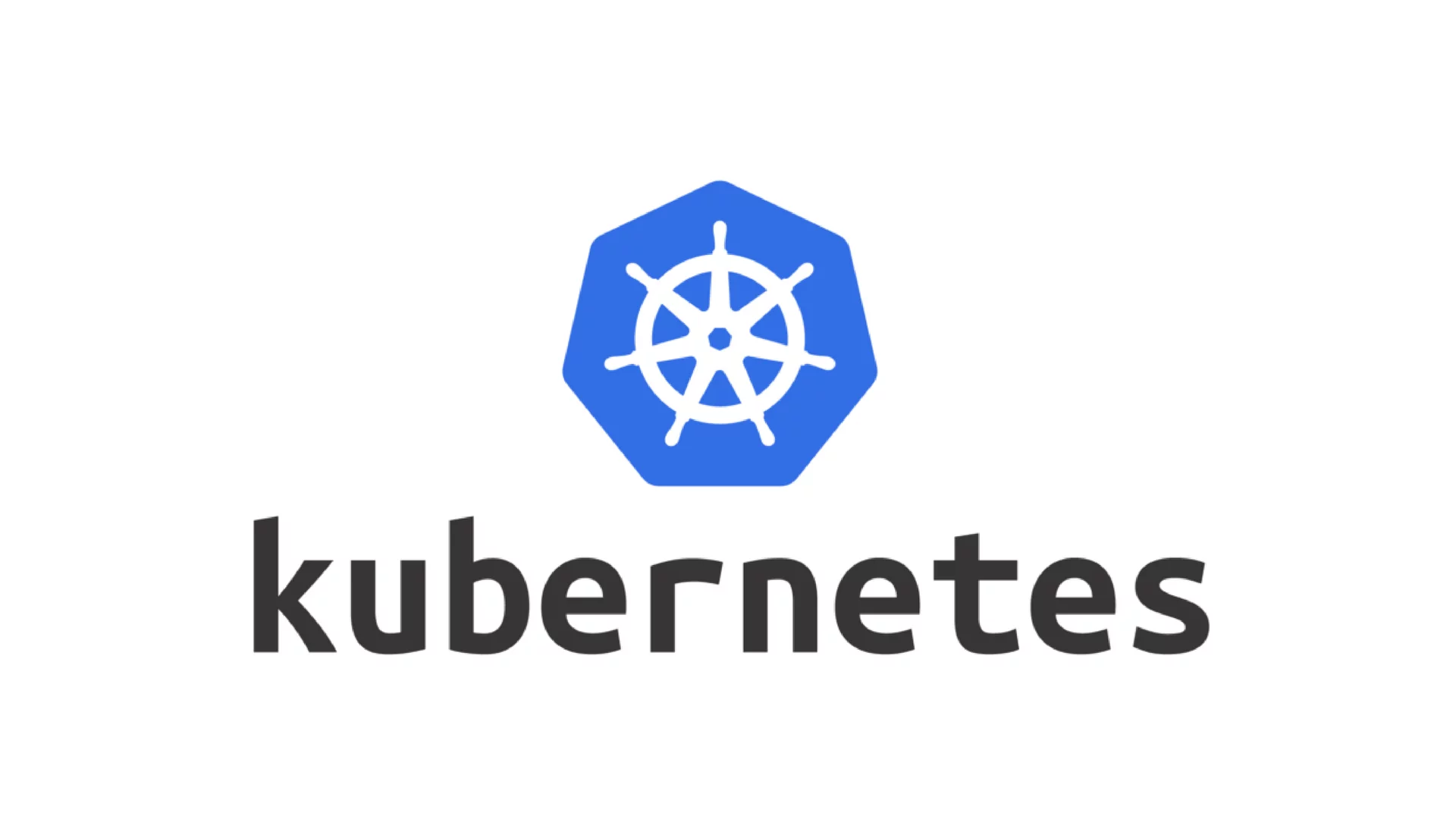Introduction
Distributed systems like Elasticsearch, Cassandra, and CockroachDB rely on balancing data and operations across multiple nodes for scalability and performance. While this is manageable in static environments, Kubernetes introduces a new dynamic: frequent pod terminations and restarts due to deployments, node failures, or scheduling.
How do stateful applications adapt to these dynamic changes in real-time? This article dives into tracking Kubernetes service topology changes using the EndpointSlices API, enabling distributed applications to maintain seamless operations.
Kubernetes Workload Management: Deployments vs. StatefulSets
Kubernetes provides two key abstractions for managing workloads:
-
Deployments: Designed for stateless applications where all pods are equal, interchangeable, and can be freely replaced.
-
StatefulSets: Tailored for stateful applications where pods have unique identities and are not interchangeable.
For distributed systems like databases, StatefulSets are the preferred choice. Combined with Kubernetes Services, these provide stable network access to the application.
The Problem: Tracking Pod Lifecycle Events
Distributed applications must monitor pods as they are added, modified, or removed to maintain consistent operation. DNS-based solutions for pod tracking have limitations due to caching, which can lead to stale results. This is where Kubernetes’ EndpointSlices API comes into play.
Leveraging EndpointSlices for Real-Time Pod Monitoring
What Are EndpointSlices?
EndpointSlices provide a scalable way to track network endpoints in a Kubernetes Service. They offer dynamic updates to client applications about pods in a service, addressing the shortcomings of DNS caching.
Steps to Monitor Pod Events in Real-Time
-
Create a Kubernetes API Client
Start by creating a client to interact with the Kubernetes API:goCopy codeimport ( discovery "k8s.io/api/discovery/v1" metav1 "k8s.io/apimachinery/pkg/apis/meta/v1" "k8s.io/client-go/kubernetes" "k8s.io/client-go/rest" ) func main() { k8sRestConfig, err := rest.InClusterConfig() if err != nil { log.Fatalf("error getting in-cluster config: %v", err) } k8sClient, err := kubernetes.NewForConfig(k8sRestConfig) if err != nil { log.Fatalf("error creating k8s client: %v", err) } } -
List Current Endpoints
Use theListAPI to fetch the current state of pods in the service:goCopy codeappLabel := "your-service-label" podNamespace := "your-service-namespace" endpointSlice, err := k8sClient.DiscoveryV1().EndpointSlices(podNamespace).List(ctx, metav1.ListOptions{ LabelSelector: appLabel, }) if err != nil { log.Fatalf("error listing endpoint slices: %v", err) } -
Watch for Changes
Use theWatchAPI to monitor pod lifecycle changes in real-time. TheResourceVersioncheckpoint ensures no events are missed:goCopy coderesourceVersion := endpointSlice.ResourceVersion go func() { watch, err := k8sClient.DiscoveryV1().EndpointSlices(podNamespace).Watch(ctx, metav1.ListOptions{ LabelSelector: appLabel, ResourceVersion: resourceVersion, }) if err != nil { log.Fatalf("error watching endpoint slices: %v", err) } for event := range watch.ResultChan() { handleWatchEvent(event) } }() -
Handle Events
Implement a handler to processAdded,Modified, andDeletedevents:goCopy codefunc handleWatchEvent(event watch.Event) { endpointSlice, ok := event.Object.(*discovery.EndpointSlice) if !ok { log.Fatalf("unexpected event object") } switch event.Type { case watch.Added: log.Println("Pod added:", endpointSlice) case watch.Modified: log.Println("Pod modified:", endpointSlice) case watch.Deleted: log.Println("Pod deleted:", endpointSlice) } } -
Set Up Permissions
Ensure your application has the necessary permissions to access the EndpointSlices API:yamlCopy codeapiVersion: rbac.authorization.k8s.io/v1 kind: Role metadata: name: server-endpoints-role rules: - apiGroups: ["discovery.k8s.io"] resources: ["endpointslices"] verbs: ["list", "watch"] apiVersion: rbac.authorization.k8s.io/v1 kind: RoleBinding metadata: name: server-endpoints-rolebinding subjects: - kind: ServiceAccount name: server roleRef: kind: Role name: server-endpoints-role apiGroup: rbac.authorization.k8s.io
Benefits of Using EndpointSlices
-
Scalability: Efficiently track large numbers of endpoints.
-
Real-Time Updates: Monitor service changes without relying on DNS.
-
Seamless Integration: Easy integration into existing Kubernetes workflows.
Conclusion
By leveraging Kubernetes’ EndpointSlices API, applications managing distributed state can dynamically adapt to topology changes in real-time. This enables seamless load balancing and uninterrupted operations, even in dynamic Kubernetes environments.
Start using EndpointSlices to modernize your application’s real-time service topology tracking and stay ahead in managing distributed workloads.

